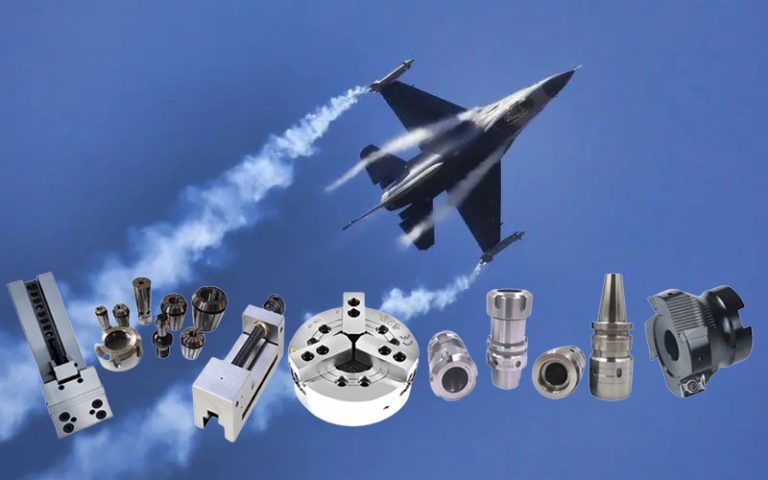Maximizing Stability and Performance with Tool Holding Devices
Tool Holding Devices: Unleashing the Potential of Efficient Machining
In the field of machining, the stability and performance of tool holding devices play a critical role in unlocking the full potential of efficient machining operations. These devices, designed to securely hold cutting tools, provide stability, accuracy, and repeatability during various machining processes. By investing in premium tool holding devices, manufacturers can maximize stability, optimize cutting performance, and achieve superior results in their machining operations.
One of the primary advantages of using high-quality tool holding devices is the enhanced stability they provide. These devices are engineered to minimize tool runout and vibrations, ensuring a stable cutting environment. By reducing unwanted movements or deflections, tool holding devices contribute to improved surface finishes, dimensional accuracy, and overall machining quality. This stability is particularly crucial when working with challenging materials or performing intricate machining operations.
Additionally, premium tool holding devices offer excellent clamping force and gripping capabilities. They securely hold cutting tools in place, preventing tool slippage or movement during machining. The robust clamping mechanism ensures a rigid connection between the tool and the machine, facilitating efficient power transmission and minimizing cutting forces lost due to tool displacement. This firm grip on the tool enables manufacturers to achieve consistent and precise cuts, resulting in superior workpiece quality and reduced scrap rates.
Moreover, tool holding devices with advanced features, such as anti-pullout mechanisms or hydraulic clamping systems, further enhance performance and safety. Anti-pullout mechanisms prevent tools from unintentionally disengaging during heavy machining or high-speed operations, providing additional security and peace of mind. Hydraulic clamping systems utilize hydraulic pressure to deliver a high clamping force, ensuring optimal tool holding even under challenging machining conditions. These advanced features contribute to increased productivity, reduced downtime, and improved overall machining efficiency.
Another notable benefit of premium tool holding devices is their compatibility with a wide range of cutting tools. They can accommodate various tool types, including end mills, drills, taps, and reamers, offering versatility and flexibility in machining applications. Manufacturers can easily interchange different tools within the same tool holding device, eliminating the need for multiple setups or tool changes. This saves time, reduces setup costs, and improves workflow efficiency.
To maximize the performance of tool holding devices, regular maintenance and inspection are crucial. It is essential to ensure that the devices are clean, free from debris, and properly lubricated. Regular checks for wear or damage should be conducted, and any worn-out components should be replaced promptly to maintain optimal performance and reliability.
In conclusion, investing in premium tool holding devices is essential for unlocking the potential of efficient machining operations. These devices provide stability, accuracy, and versatility, enabling manufacturers to achieve superior results in their machining processes. With enhanced gripping capabilities, advanced features, and compatibility with various tool types, high-quality tool holding devices maximize stability, improve cutting performance, and contribute to overall machining excellence. By selecting reliable tool holding devices and implementing proper maintenance practices, manufacturers can optimize their machining operations, increase productivity, and stay competitive in today's demanding manufacturing landscape.

